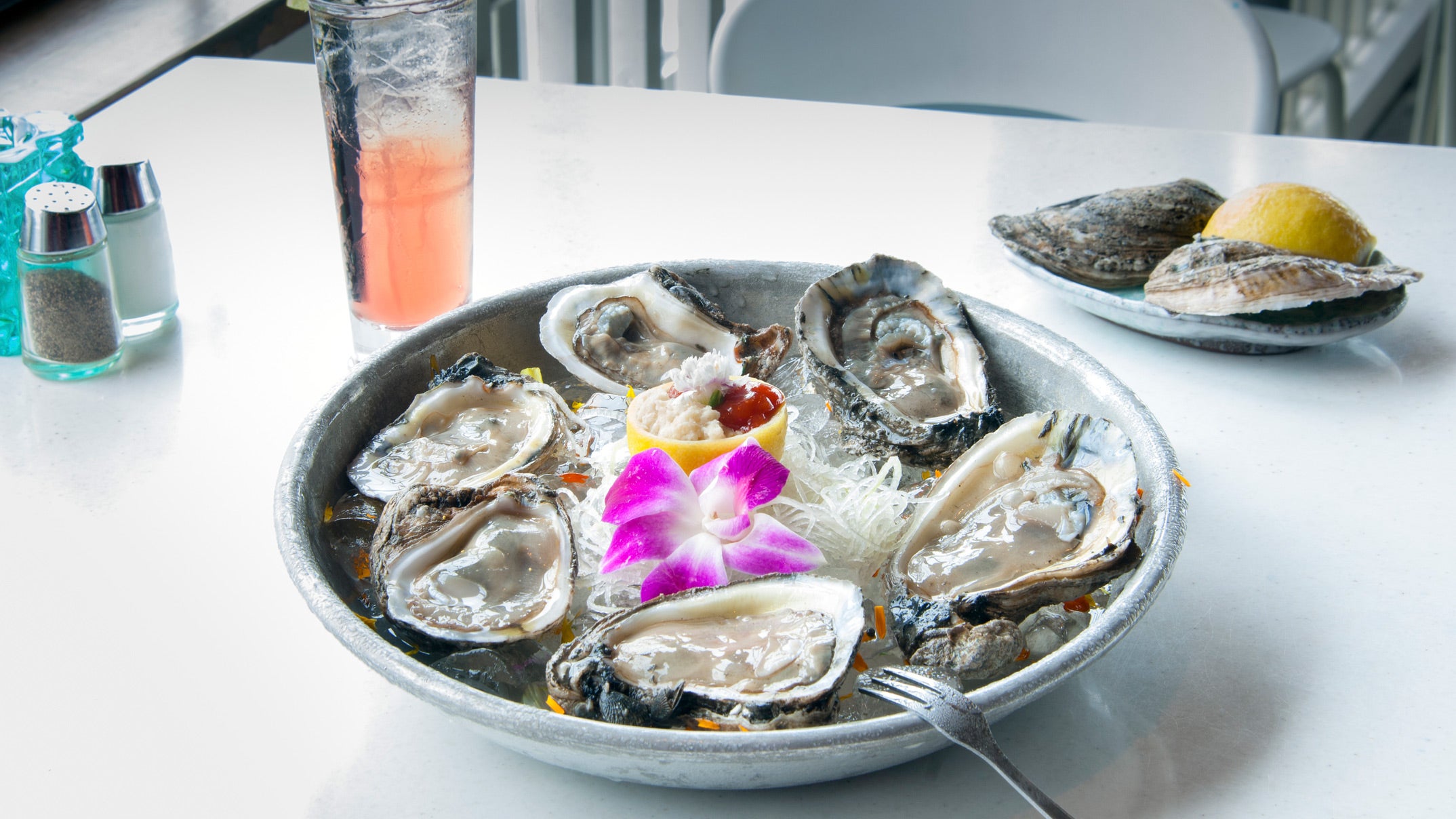How Your Food Affects Your Mood

By helping us with everything from pushing watts to celebrating a birthday, food plays an important role in how we experience daily life—it even affects our mood. If you’re looking for a happier outlook, understanding the link between mood and food can help.
Mood and Food: The Relationship
1. It Improves Brain Health and Function
Certain nutrients such as omega-3 fatty acids, zinc, magnesium, and other nutritional gems found in produce have been found to promote expression of a protein in the brain called Brain Derived Neurotropic Factor (BDNF). BDNF allows your brain to form new connections and pathways. A healthy brain can make new connections easily. Eating foods rich in the above nutrients increase BDNF and you get better brain function. What you eat can literally help rewire your brain and grow new neurons.
2. It Modifies Systemic Inflammation
Phytonutrients, often thought of as antioxidants, are plant-based compounds that play a role in cell signaling which influences genetic expression and control inflammation. Exercise causes inflammation so athletes usually have more inflammation to deal with on top of what’s generated by daily living activities. By eating brightly colored fruits and veggies you reduce inflammation, which can boost your mood.
3. It Impacts Your Gut Microbiome
Gut microbiome is a hot topic right now and—buzzword aside—it is worthy of some attention. Certain types of fiber are known as prebiotics, which feed the friendly bacteria in your gut. This helps your gut bacteria produce multiple goodies, such as short-chain fatty acids that lead to a healthier digestive system as well as serotonin, a feel-good neurotransmitter. Basically, fiber can directly feed our little friends that pump out good vibes and make their home (your digestive system) a happier place for them to thrive.
Bad Mood Foods
It’s important to eat a variety of foods, but not all foods are created equal—both in their nutrient density and in their ability to put a smile on your face. Ultra-processed foods such as fast foods may be financially cheap, but they can be costly when it comes to your health, performance, and mood. They are designed to be extra tasty by using additives and contain substances extracted from food (sugar and starch), added from food constituents (hydrogenated fats), or made in a lab (flavor enhancers, colorings, etc.).
Highly-processed foods fan the flames of inflammation caused by exercise and general daily living. Just being alive produces inflammation so it’s inevitable, but things like hydrogenated oils make inflammation worse. Please enjoy treats, but don’t make typical junk food a staple in your diet.
A lack of certain nutrients can tank your mood too. Vegetarians and vegans may be at higher risk of depressive symptoms due to lower levels of B vitamins in their diet. Make sure to get blood levels checked periodically to make sure you’re not below ideal ranges.
Good Mood Foods
Based on over 200 studies, food groups were ranked by their ability to boost mood. From most to least mood-boosting food groups they are: vegetables, organ meats, fruits, seafood, legumes, meats, grains, nuts and seeds, and dairy.
Okay, if you want to know the absolute top foods to boost your mood and mental health, you’re going to have to get adventurous. I’m fresh out of whelk, smelt, wolffish, and Emu. Let’s focus on the more common and accessible foods.
The following veggies have a nutrient profile to help your mood due to their antioxidants and levels of folate, magnesium, potassium, and Vitamin C: watercress, spinach, mustard, turnip or beet greens, red/green/romaine lettuce, swiss chard, fresh herbs (cilantro, basil, and parley), bell peppers, kale or collards, pumpkin, cauliflower, red cabbage, broccoli, brussels sprouts, and butternut squash. Top fruits include pummelo, papaya, strawberry, and lemon.
Seafood is the highest-ranked animal food (besides organ meats) to boost your mood. It’s likely due to the high-value micronutrients: iron, B vitamins, zinc, selenium, and omega-3 fatty acids. Top-ranked seafoods in descending order include: oysters, clams, mussels, octopus, crab, tuna lobster, trout, salmon, herring, and snapper.
Food Strategies to Improve Your Mood
- Eat mostly whole, real foods rather than highly-processed ones.
- Increase your intake of fresh fruits and veggies. Smoothies make a great pre-workout snack because they’re rich in antioxidants.
- Eat enough fiber and include whole grains and legumes/beans—they feed the good bacteria.
- Include probiotic-rich foods such as yogurt and kimchi to replenish good bacteria in your gut.
- Eat the rainbow. Try to eat some of each type of produce: red, orange, yellow, green, blue/purple, and white/brown.
- Enjoy seafood twice a week, see list above.